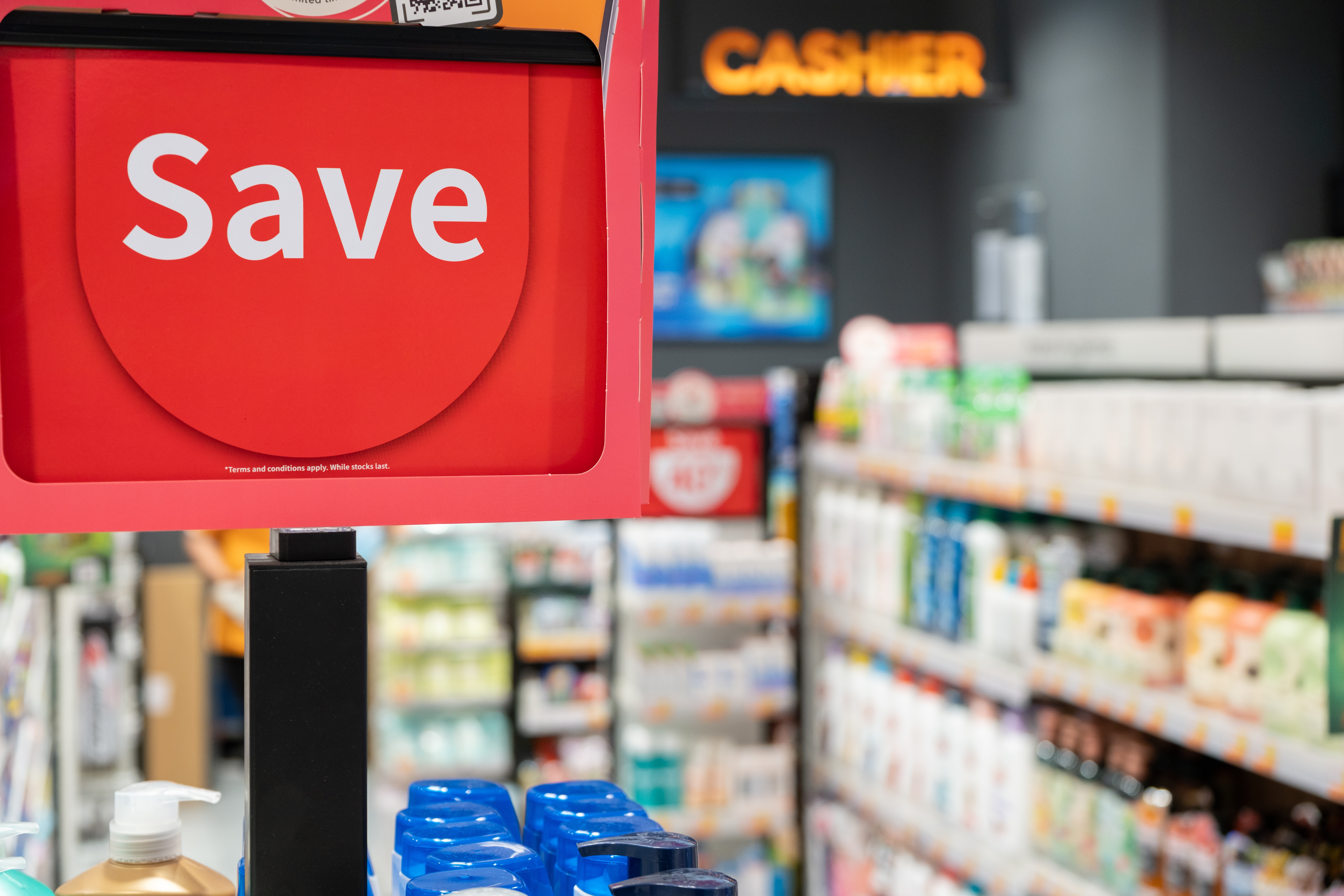Devoid of real world restrictions like geography, budgets and time constraints, virtual reality has the ability to take us places that the physical world cannot. Unable to visit Paris? Put on a headset and you’re there. Want to inspect a product before buying it? Virtual reality is making e-commerce more interactive.
The hype around VR is building for its numerous uses and future potential. But here at InContext, we’ve been helping CPG brands and retailers make smarter, more profitable business decisions through the use of VR simulations for years.
Based on our own experience working with companies to test their concepts in virtual, we’ve come up with 8 noteworthy findings that might be missed with traditional testing.
Lower awareness doesn’t always mean lower sales.
When put to a virtual test, new packaging and a compelling proposition can lead to greater pick-up and conversion, despite lower awareness from shoppers. This ultimately leads to more sales overall.
New signage can cause confusion.
Adding signs to a display or shelf doesn’t always help promote your product. Sometimes they can be misleading or contradict each other, causing uncertainty and shopper hesitation. Sales decrease when shopping becomes confusing. Virtual research gives you confidence that your signage will hit the right note with shoppers, before you even roll it out.
Stores must find the right balance between ease of shopping and product variety.
The tension between variety of products available and ease of shopping is an important thing for retailers to get right. If you can maintain the perception of good variety while making the category easier to shop, sales will go up. Because you can iterate and test in virtual without geographic or monetary limitations, the right balance can be found before executing in store.
Only 15% of category arrangement changes tested result in a positive category sales change.
We’ve said this before, and we’ll say it again. Seventy percent of the time, just shifting the arrangement on shelf results in zero growth to the category. Iterating in virtual can eliminate that risk and help you figure out exactly what changes need to be made to increase sales. You need to give shoppers a reason to buy more products to grow category sales.
The faster a shopper makes their first purchase, the more they buy overall.
With VR simulations, we’ve learned that shoppers will purchase more overall if they can easily and quickly find what they are looking for when they first step into the store. Virtual can help you figure out the right arrangement, variety, aisle flow, or messaging that most efficiently drives your shoppers to make their first purchase. That’s huge when it comes to maintaining shopper loyalty as well as your company’s bottom line.
Exposure to a new concept ad increases new product sales by 6X.
On average, sales increase from 2% to 12% after shoppers see an ad or display for a new product. All new products suffer from low awareness, so advertising is the most effective way to build that awareness. When shoppers are exposed to advertising for a new product, and are then asked to shop a category with that new product in it, they are six times more likely to buy the product than those who were not exposed to the advertising. This demonstrates how important an advertising budget for a new product launch can be in the early success of the product. A VR simulation can help demonstrate the value of advertising as well as the level of sales to be expected.
Displays don’t always drive sales just from shoppers buying off the display itself.
Sales from displays can be an important driver of those products sales, but displays also can increase awareness, which generally increases sales. This creates a reminder effect for shoppers. Also, virtual research indicates that the most important aspect of a display is the clear communication of the deal offered and the products included in the deal. They don’t need to be fancy to be effective. In fact, the most successful displays tend to be simpler and more direct.
Attitudinal data and behavioral data frequently differ.When participants are asked about the noticeability of a change to a new concept within a virtual environment, only about 20% actually say they noticed the change. So, by virtually observing the behavioral data shoppers are generating, we can more accurately measure the impact of a concept change. We can test the success of shoppers finding a product as well as the amount of time it takes to find it. Ultimately, we can observe whether they buy it or not—which is what we most want to know.
By providing immersive, iterative and insightful solutions to help companies work smarter and save time, testing with virtual simulations can give you insights that traditional methods can’t—helping you create an engaging in-store experience for your shoppers.
This article was originally published on LinkedIn by Rich Scamehorn, Chief Research Officer at InContext.




